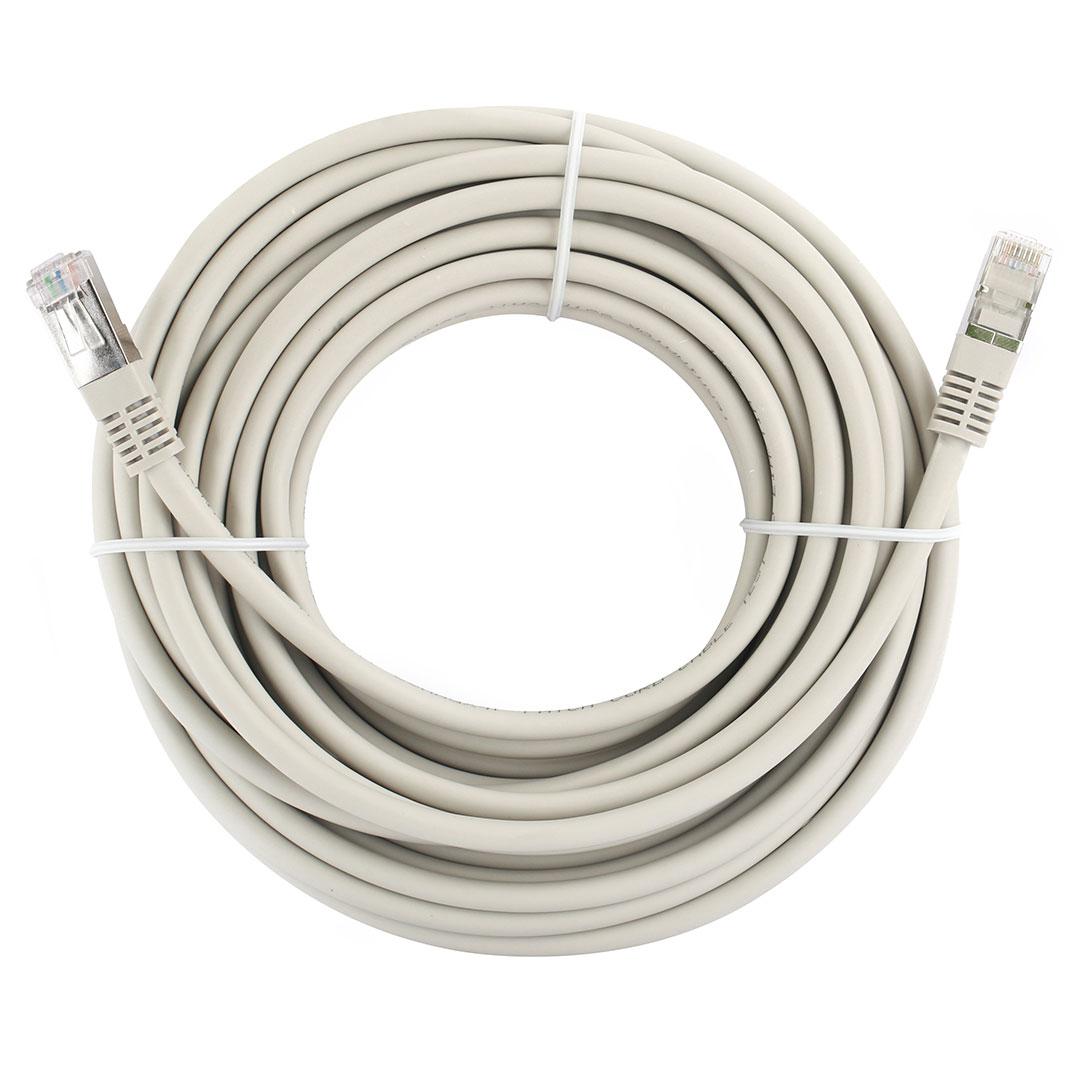In today’s interconnected world, the quality and type of internet cables you use can significantly impact your network’s speed, reliability, and overall performance. Choosing the right internet cable can mean the difference between seamless streaming, smooth gaming, and fast downloads versus frustrating lag and buffering.
Here’s a comprehensive guide to help you choose the right internet cables for faster connections.
1. Know the Difference Between Types of Internet Cables
Internet cables, also known as Ethernet cables, come in various categories that define their speed and bandwidth capabilities. Here’s a breakdown of the most common types:
a. Cat5 (Category 5)
- Speed: Up to 100 Mbps
- Bandwidth: 100 MHz
- Best For: Basic browsing and low-bandwidth applications.
- Example Usage: Connecting older routers or devices in small networks.
b. Cat5e (Category 5 Enhanced)
- Speed: Up to 1 Gbps (1000 Mbps)
- Bandwidth: 100 MHz
- Best For: Moderate usage like HD streaming and online gaming.
- Example Usage: A home network with fewer devices.
c. Cat6 (Category 6)
- Speed: Up to 10 Gbps (for short distances up to 55 meters)
- Bandwidth: 250 MHz
- Best For: Faster and more reliable networks with multiple users.
- Example Usage: Small offices or smart home setups.
d. Cat6a (Category 6 Augmented)
- Speed: Up to 10 Gbps
- Bandwidth: 500 MHz
- Best For: High-speed applications in environments with interference.
- Example Usage: Industrial settings or large households.
e. Cat7 and Cat8
- Speed:
- Cat7: Up to 10 Gbps
- Cat8: Up to 40 Gbps
- Bandwidth:
- Cat7: 600 MHz
- Cat8: 2000 MHz
- Best For: Ultra-high-speed data centers or future-proofing advanced setups.
- Example Usage: Corporate networks, gaming tournaments, or streaming studios.
2. Consider Your Internet Speed and Usage
Your choice of cable should match your internet plan and usage requirements.
- Low-speed plans (<100 Mbps): Cat5 or Cat5e cables are sufficient.
- Medium-speed plans (100–500 Mbps): Cat5e or Cat6 cables work well.
- High-speed plans (>500 Mbps): Opt for Cat6a, Cat7, or Cat8 cables to fully utilize your plan.
For heavy data usage like 4K streaming, gaming, and large file transfers, investing in higher-category cables is recommended.
3. Factor in Cable Length
The performance of Ethernet cables can degrade over long distances.
- Cat5e and Cat6: Optimal for up to 100 meters.
- Cat6a, Cat7, and Cat8: Better for long distances with minimal signal loss.
For instance, if you’re running a cable from your router to a room far away, Cat6a or higher is a safer choice.
4. Shielding and Interference
In environments with high electromagnetic interference (EMI), like industrial areas or near other electronic devices:
- Shielded Twisted Pair (STP): Recommended for high-interference zones.
- Unshielded Twisted Pair (UTP): Suitable for low-interference areas like homes.
Example: If your cable runs close to electrical wires, opt for an STP cable to reduce interference.
5. Connector Quality and Compatibility
The quality of connectors (RJ45 plugs) also impacts performance. Ensure:
- Gold-plated Connectors: For better conductivity and durability.
- Compatibility: Check if the cable’s connectors fit your router, modem, or device ports.
6. Future-Proofing Your Network
Technology evolves quickly. To avoid frequent upgrades:
- Choose a higher-category cable (e.g., Cat6a or Cat7) even if your current setup doesn’t require it.
- This ensures compatibility with faster internet plans and advanced devices in the future.
7. Cost vs. Benefit
Higher-category cables cost more, but the investment pays off in performance and longevity.
- Budget-friendly Choice: Cat5e for basic needs.
- Premium Choice: Cat7 or Cat8 for maximum speed and durability.
8. Special Considerations for Gamers and Streamers
Gamers and streamers often require ultra-reliable connections. A Cat6a or Cat7 cable minimizes lag and ensures smooth gameplay or streaming.
Example: A competitive gamer using a Cat6a cable will experience lower latency compared to using a Cat5e cable, especially in high-traffic networks.
9. Test and Maintain Your Cables
- Test Speed: Use online tools to check if the cable delivers the promised speeds.
- Replace Worn-Out Cables: Over time, cables can degrade and impact performance.
Final Thoughts
Choosing the right internet cable is crucial for a fast and stable network. Assess your internet speed, usage needs, and environmental factors before selecting a cable. While higher-category cables may seem expensive initially, they are a worthwhile investment for faster connections and future-proof networks.
With options ranging from Cat5e to Cat8, there’s an ideal cable for every need and budget. For optimal performance, prioritize quality, compatibility, and shielding based on your setup.
Invest wisely, and enjoy a seamless internet experience!



